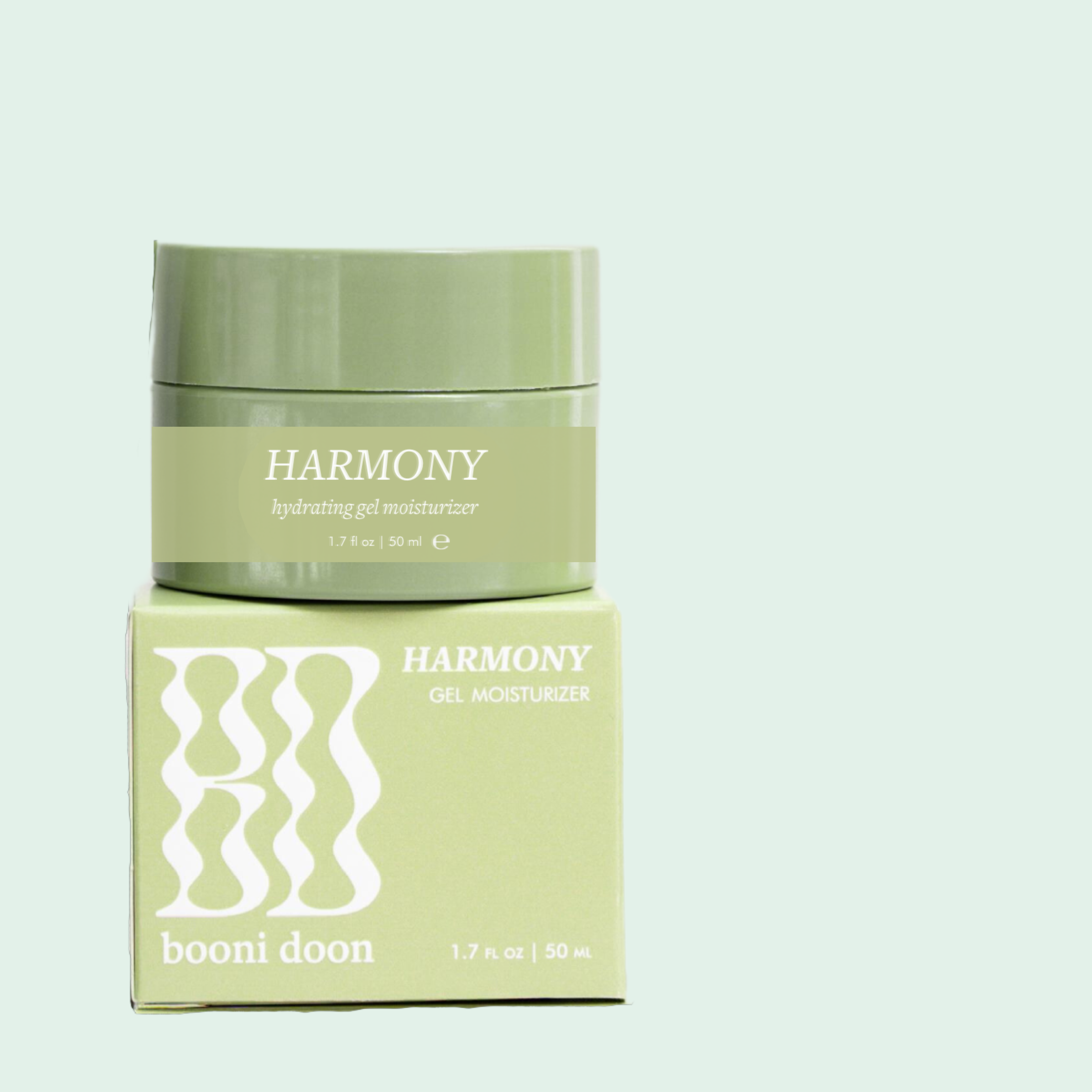Understanding Our Skin's Microbiome
Did you know that you have an entire ecosystem on your skin?
It’s called the skin microbiome and, believe it or not, over a billion different types of microorganisms make their home on the skin of our bodies. But don’t be alarmed, these organisms are friendly and all help with maintaining the delicate balance that exists within and on our skin.
What is our skin’s microbiome?
The skin microbiome primarily lies on the surface of our skin and can extend down into our epidermis and dermis: the first and second layers of the skin respectively. It is an intricate microenvironment that contains bacteria, fungi, and viruses. They are essential to the vitality of our skin as they present the first line of defense with pathogens and harmful bacteria we come in contact with in our everyday lives.
Our microbiomes are also subject to change overtime and can vary depending on a multitude of factors. Researchers have made strides in microbiome understanding as we can now narrow down possible reasons for microbiota variation including but not limited to: age, sex, hygiene, climate and geographical location.
It is important to note, the relative health of the microbiome is a delicate, individual specific balance. Each person has their own amalgamation of organisms in their skin’s microbiome. As such, the factors listed above could fluctuate based on the person and their lifestyle. So it is that much more critical that we pay close attention to our skin to see if we notice any differences that would indicate a potential imbalance.
What does a compromised skin microbiome look like?
The common term used to describe microbial imbalance is known as dysbiosis. Those who experience this condition may have one population of microorganism out of balance with the others due to external factors or competition within the microbiome. Scientific studies have recently shown that some of the more common skin conditions--acne, atopic dermatitis, rosacea and psoriasis--are a result of imbalance within our microscopic ecosystems. General conditions such as inflammation have subsequently been noted to involve some disturbance in the microbiome as well.
If you notice your skin has been affected with one of these conditions and is not yet healed then it could possibly mean that your microbiome has been compromised. But now that the underlying issue has been identified, what comes next?
How do I maintain a healthy microbiome and what should I look for in skincare products?
Some of the most common ingredients used for treatment of skin microbial imbalance are probiotics. Probiotics are generally known as “good bacteria” that are mainly used to aid our gut bacteria. The bacteria that live in our gut have been known to affect those that live on our skin so consuming these types of nutritional foods could provide a skin benefit. Types of probiotic rich foods include yogurt, kefir, kimchi, miso, and kombucha. Generally look for fermented foods where good bacteria thrive. Probiotic ingredients can also be found in various skincare ingredients.
In addition to probiotics, preservatives found in skincare may also have an impact on our skin microbiome. Preservatives are commonly found in skincare to maintain a product’s shelf life and counteract microbial growth from user or environmental contamination. These preservatives in skincare work similar to how they act in food and other perishable consumer goods. If certain formulations contain water or other nutrients that could be a breeding ground for certain bacteria and mold, preservatives prevent these organisms from growing and reproducing. Despite their necessary benefit, many preservatives like phenoxyethanol do not have the ability to distinguish between inherently good or bad bacteria.
As a result, some companies are now looking into using naturally derived preservatives such as benzyl alcohol, a plant derived preservative, or fermented ingredients such as fermented filtrates from beets and mushrooms in order to mitigate this issue.
Why is this important to the booni doon team?
At booni doon, we incorporate emerging research on the skin’s microbiome into our formulation and product development processes. For example, booni doon’s CALM cleansing capsules do not contain any preservatives! By intentionally developing a water-free formulation for our CALM cleansing capsules, we were able to omit preservatives and as such, align with existing scientific literature that suggests the skin’s microflora can be negatively affected by preservatives.
Interested in learning more? Check out some additional resources below on the skin’s microbiome:







